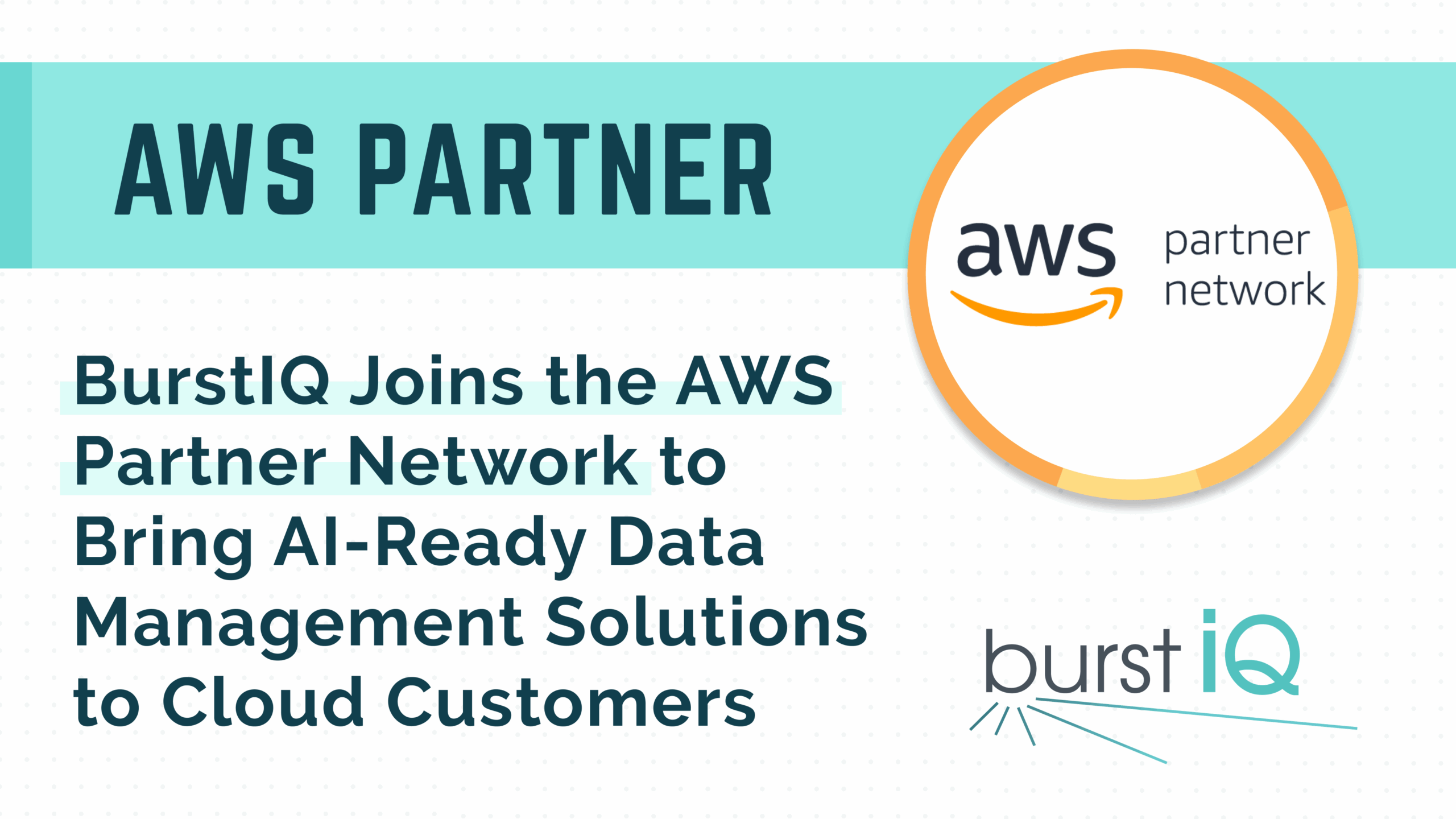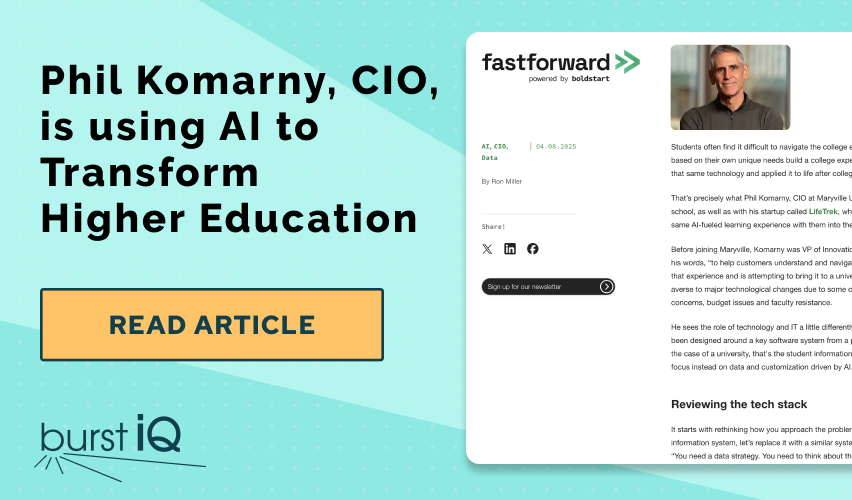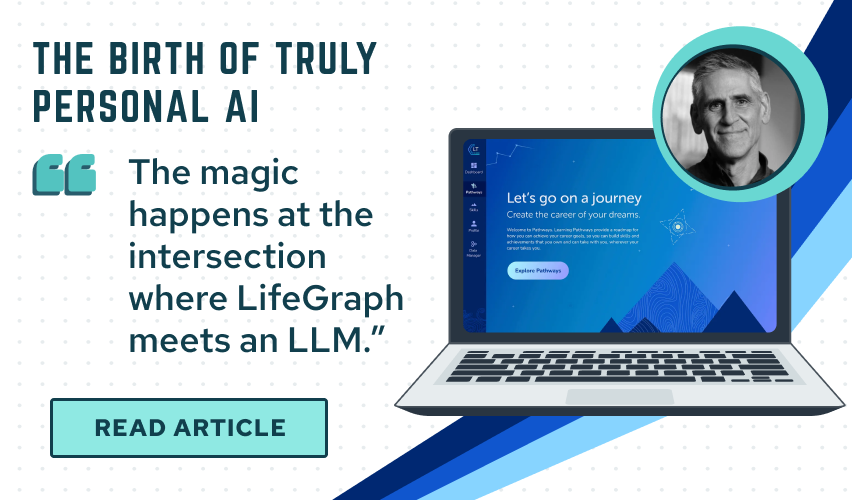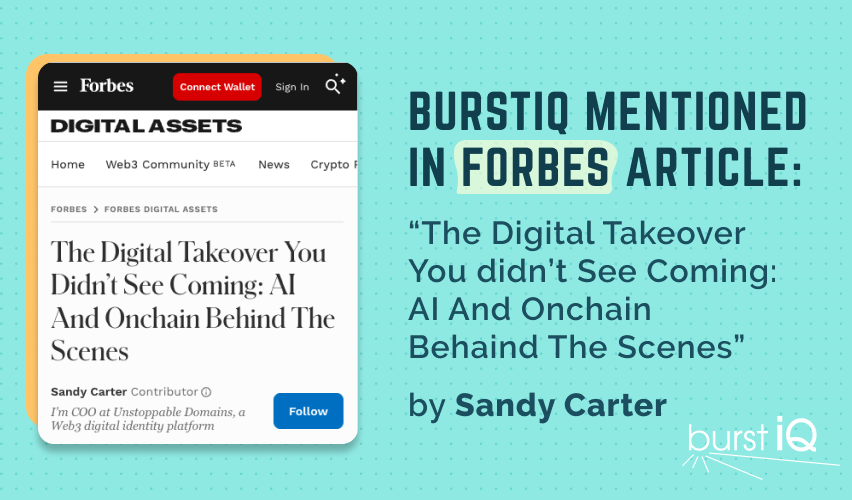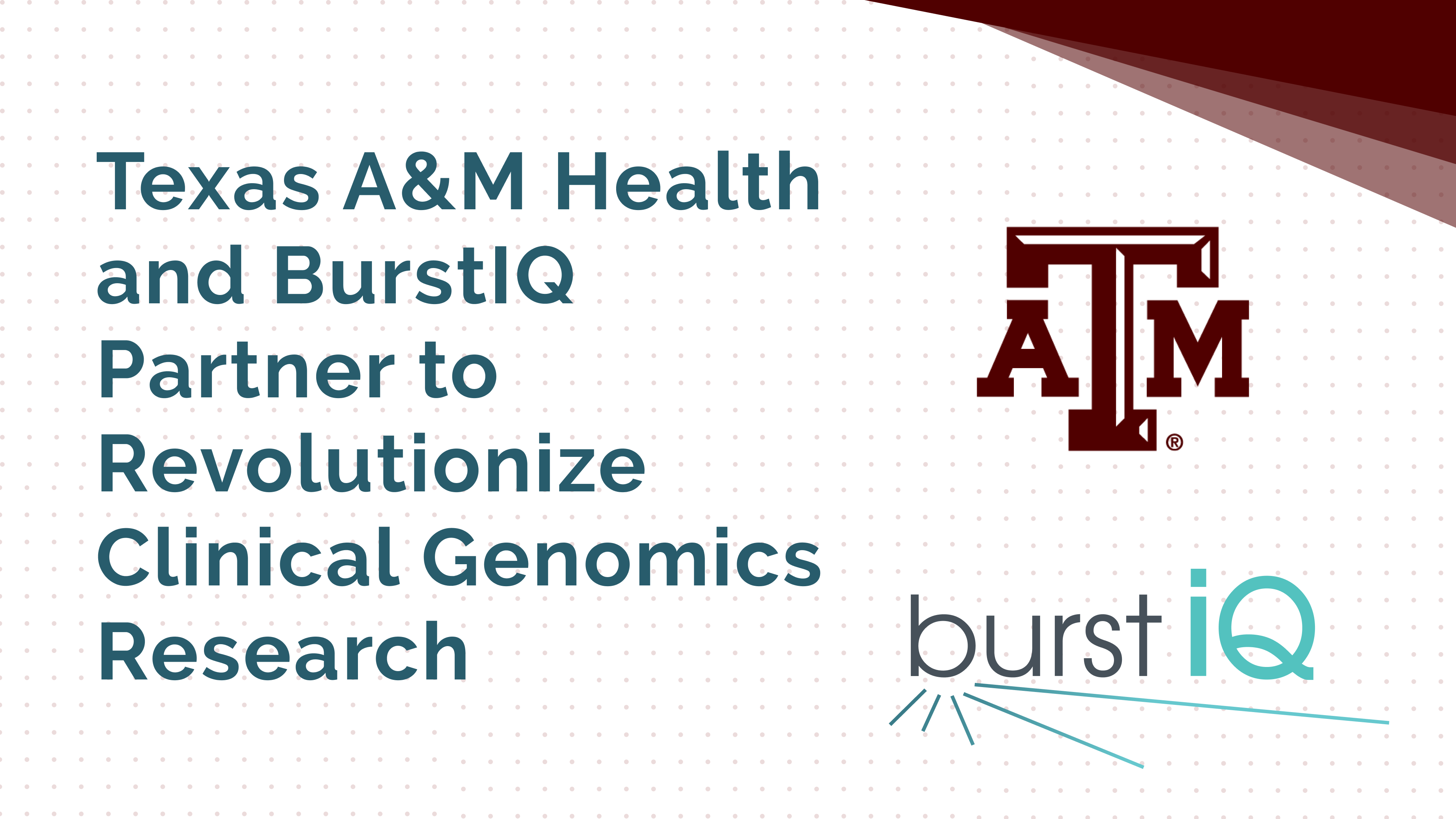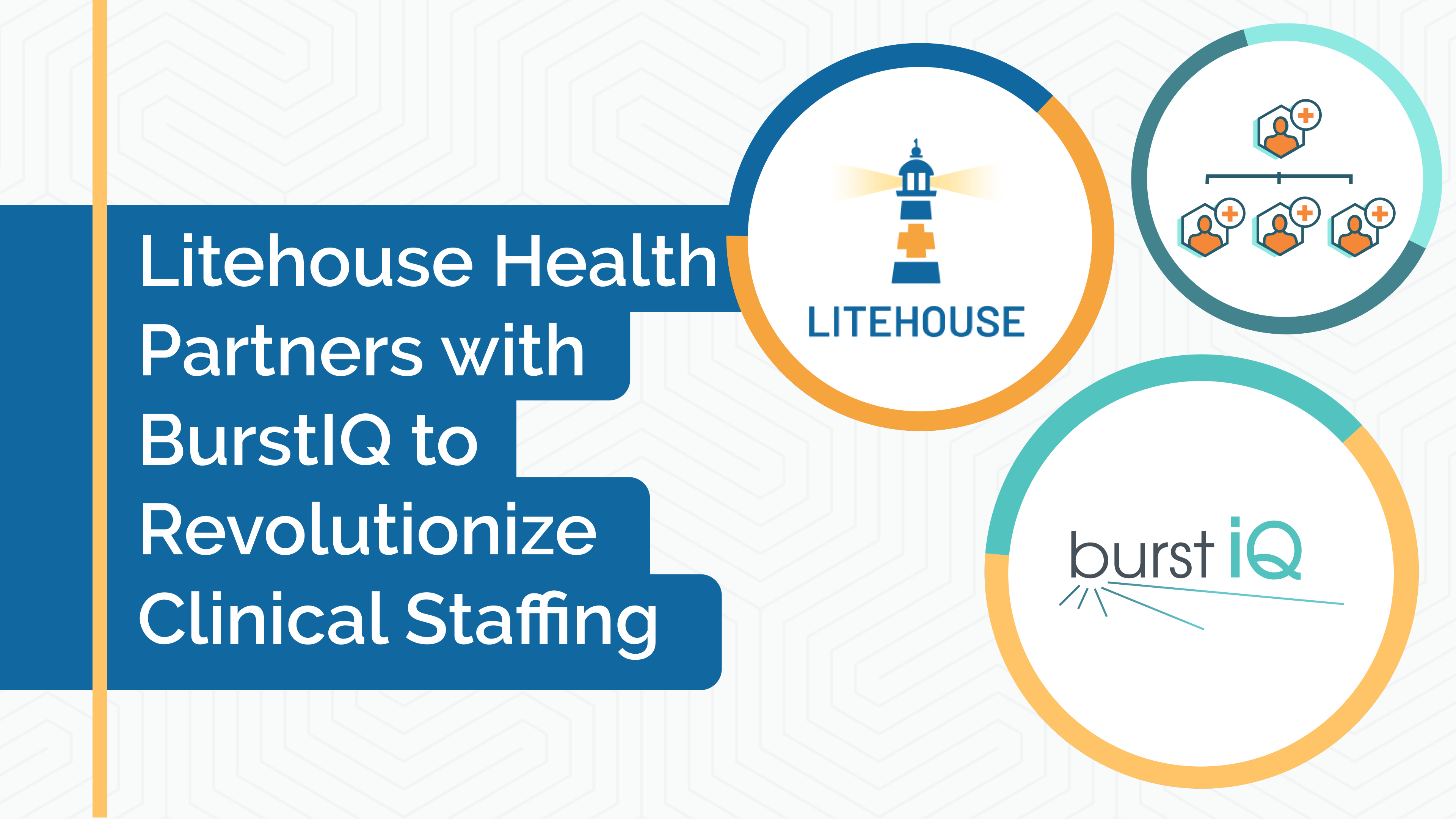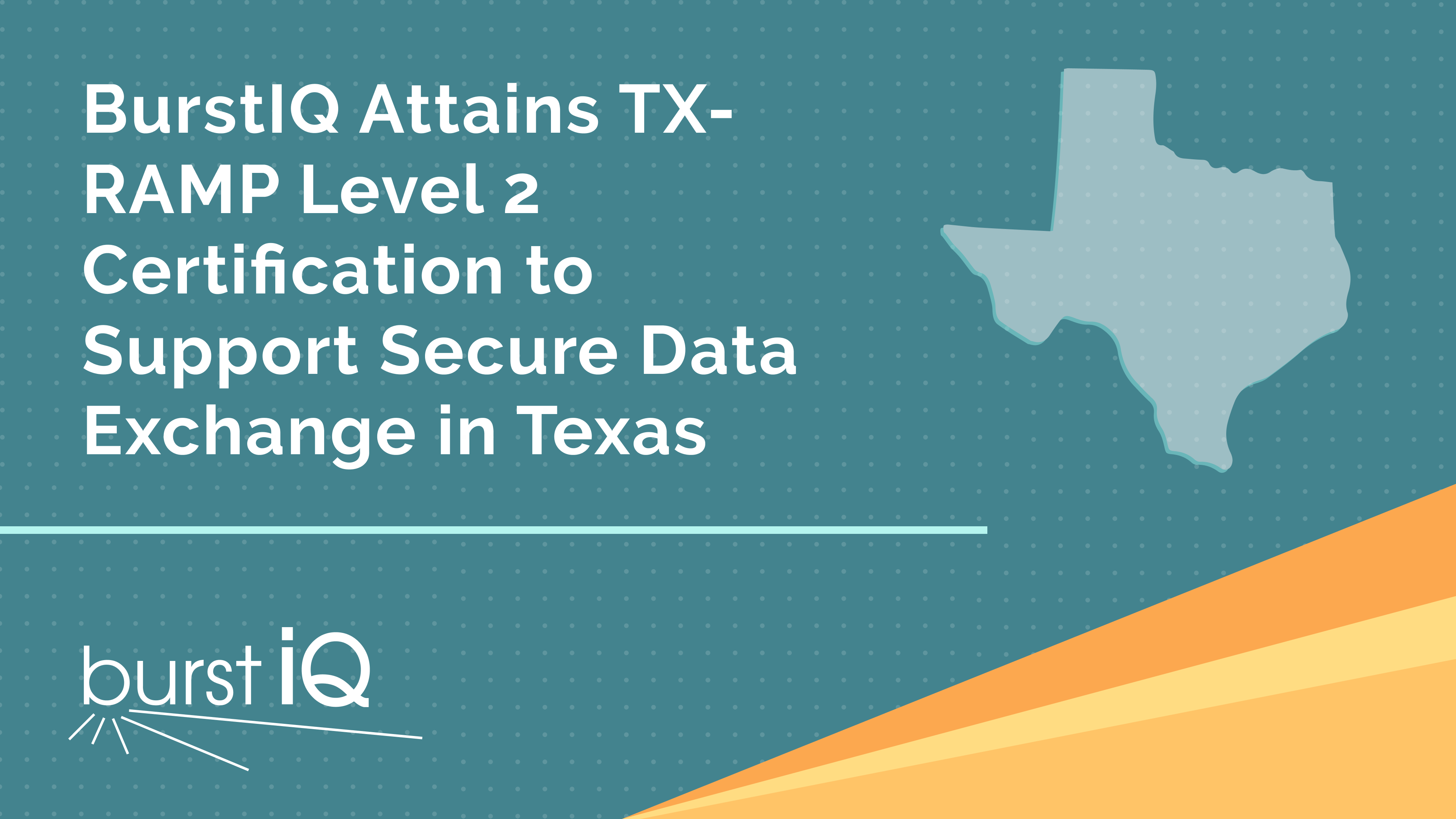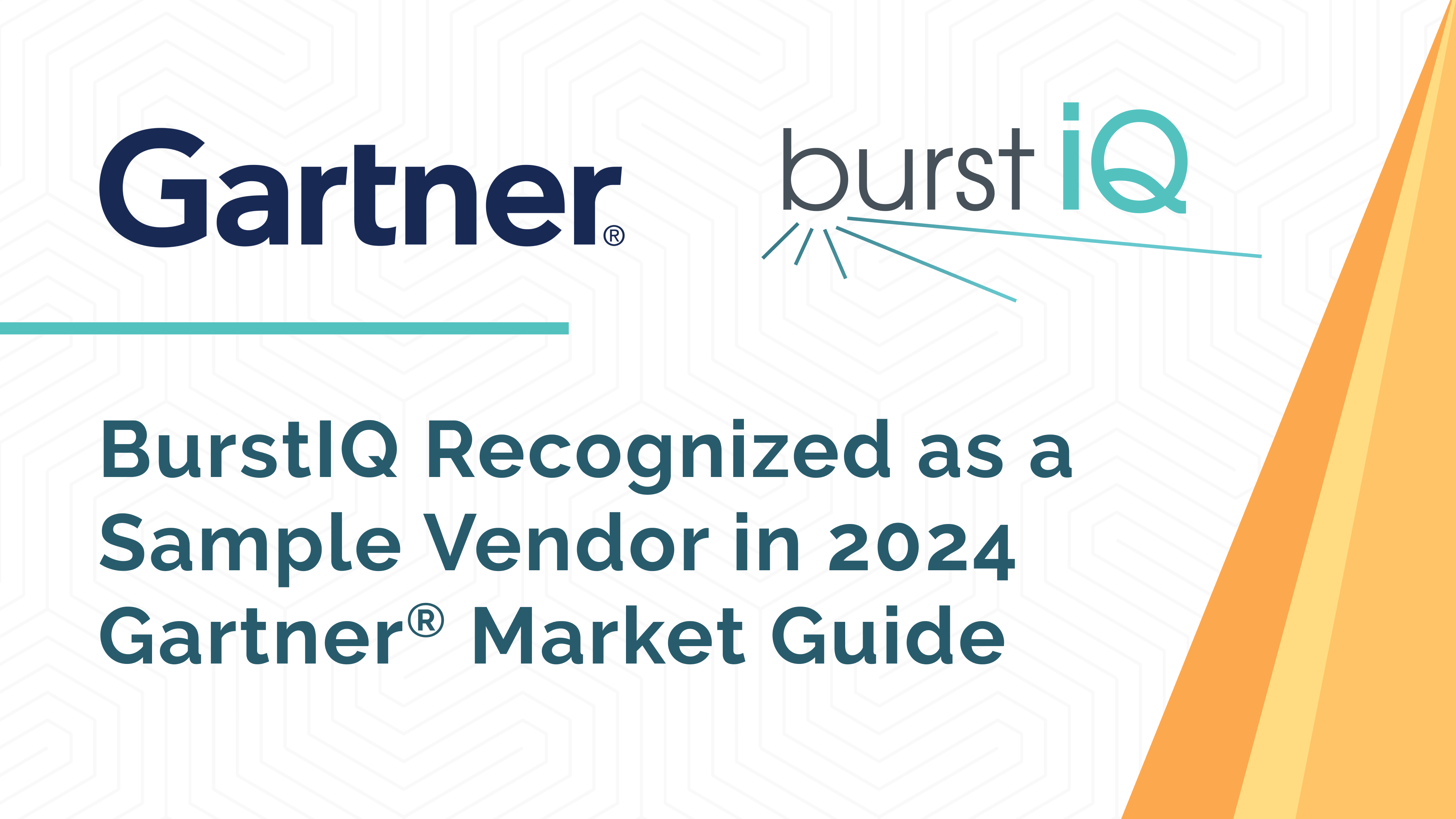How Edge Diagnostics, Telemedicine, and IoMT Devices Are Accelerating The Future of Healthcare
The healthcare industry is notably the most dynamic, impressionistic industry in the world. Even prior to the global COVID-19 pandemic, the industry was facing a major transformation. Emerging technologies like telemedicine, IoMT devices, AI and blockchain proved successful in re-establishing the approach to patient care, data management, and data security. When the pandemic thrusted unparalleled burdens on the daily operations of the industry, organizations took a risk by deploying these technologies in an effort to streamline efficiency, despite their concerns. Now, nearly two years since the start of the pandemic, healthcare companies have grown fond of the changes and many are seeking opportunities to integrate them permanently. This overall shift encouraged greater patient collaboration, forcing the healthcare industry to move to the edge and meet patients where they are, both physically and financially.
‘Moving to the Edge’
Before it’s possible to digest how these emerging technologies will actually accelerate the transformation of the healthcare industry, it’s extremely important to understand just what edge diagnostics means. At its core, edge diagnostics supports a transition of care from a hospital and clinic centric approach, where a patient needs to physically visit an office to receive care, to a person centric approach, where care has potential to meet a patient wherever they are physically, and financially. Edge diagnostics promises to overwhelm the industry with opportunities for remote care, encouraging patients to approach the care they need with low risk and low cost. Telemedicine, IoMT devices, AI and blockchain are pioneering healthcare’s shift to the edge as they provide the foundation of interoperability.
Telemedicine
Telemedicine enables providers to offer services to patients digitally, acting as an alternative to a traditional in-office visit. It interacts with technology infrastructures that enable care, scheduling, education, and health monitoring, among other things. Telemedicine was relied on heavily during COVID-19 as it was a relatively approachable solution to avoid the spread of the virus. Telemedicine allows patients to connect remotely with providers, it allows pharmaceutical companies to use digital therapeutics to stay engaged with patients, and it allows direct-to-consumer diagnostic products to provide more information about personal health without direct physician involvement. Even in unprecedented times, telemedicine promised that patients would have access to on-demand care. Currently 1 in 5 healthcare organizations offer telemedicine as an alternative approach to patient care and nearly 50% of patients support this approach.
IoMT Devices
IoMT devices are smart devices that collect and exchange data about your health at any given moment. Cell phones, smart watches, FitBits and pacemakers are all examples of IoMT devices that can help remotely monitor health and wellness. These devices are embedded with their own software, sensors, and network connectivity that enables them to connect a patient and their data with providers and physicians. This sort of connectability in the healthcare industry is set to bring the market to $158 billion by 2022, and has potential to lower the cost of operational and clinical challenges by $100 billion per year. IoMT devices capture data about movements and behavior patterns and enable patient control, supporting that the growth of IoMT is shifting data to the edge.
AI
AI is the simulation of human intelligence through machines and devices. AI mimics a human brain in the sense that it learns from analyzing data and information. AI-enabled solutions can leverage any data, anywhere, without needing to consolidate or reformat it. This is critical to the development of next-generation health solutions, where data is more distributed and aggregation is near impossible. AI has the ability to identify and qualify things that humans can’t, as it can process tons of data in a fraction of the time. The AI market is projected to grow by $1.7 billion dollars in the next few years, enabling patients to actively contribute to the accelerating pace of discovery of treatments and cures.
Blockchain
In addition to the advanced technologies that impact the day to day operations of patient care, blockchain is due to play a large role in the data management side of healthcare as its application is expected to grow 5-10% in the next few years. Blockchain is a digital ledger of transactions that is duplicated and distributed across an entire network of computer systems. Because of its distributed nature, it makes it extremely difficult, nearly impossible really, for information to be altered or hacked. With the emergence of IoMT, telemedicine and AI in healthcare, it’s important that all the data generated from those technologies have a secure, controlled place to live, with a trusted entity to manage and control it. Blockchain supports all requirements that HIPAA and other regulatory organizations enforce, because it is controlled and managed by consent contracts with governance built in. This means that data, or even a portion of data, can only be shared once consent is given, and permissions can be set to allow access for limited time. Blockchain supports edge diagnostics because once new data is generated, the patient becomes the entity controlling how the data is shared. This is just another way that technologies are encouraging a person-centric future of healthcare.
LifeGraph for Edge Diagnostics
Emerging technologies demand greater attention to data security because like any new disruption, there are vulnerabilities that need to be assessed. Making sure that digital interactions, and all the data gathered from them, are secure and safe is the top concern patients have with utilizing alternative care methods. If proper attention is paid to supporting this transition of healthcare, the benefits of edge diagnostics far outweigh the risks.
While technologies like telemedicine, IoMT devices and AI add incredible value to a patient’s health journey, it’s important to consider how data is collected, stored, used and shared via these methods. Since these new technologies are operating in the healthcare industry they will need to comply with HIPAA regulations. HIPAA is a federal law established to protect patients by enabling them to control the distribution of data containing PHI, or protected health information, via consent and governance contracts. Companies like BurstIQ provide intelligent blockchain enabled solutions to streamline the sharing of this sensitive information by putting the patient in control of their health journey with LifeGraphs®. With this secure solution, risk can be avoided, or at least minimized.
LifeGraphs are multidimensional and connected profiles of people, places, things, and the relationships between them. LifeGraphs solve three key needs: customer trust, intelligence, and coordination. It enforces better data security, ownership, and control. This allows solution providers to prove that their products are trustworthy. It enables AI and machine intelligence to capture deeper context of relationships of people, places, and things. This enriches AI and other intelligence algorithms, so solutions are more personalized. And, it allows AI-enabled solutions to leverage any data, anywhere, without needing to consolidate and reformat it. This is critical to the development of next-generation health solutions, including technologies supporting edge diagnostics, where data is more distributed and aggregation is near impossible. LifeGraph-enabled solutions can easily coordinate with other solutions to create more enriched experiences for their users.
Forecast for the Healthcare Industry
Edge diagnostics was ushered in at a large scale during the pandemic, giving its supporting technologies the opportunity to prove their benefits. Due to the positive impact it had on the industry as a whole, the adoption of these new technologies is permanent. Below are some statistics that support the impact that edge diagnostics has had and and will have on the healthcare industry.
- IoT devices have potential to lower cost of operational and clinical challenges by $100 billion per year
- 47% of healthcare organizations are expected to increase the use of new technologies, including health devices
- 74% of patients think sharing information about their lifestyle could enable doctors to treat them more effectively
- 55% of patients would share their information digitally if it reduced their cost
- 50% of patients feel comfortable with virtual appointments
- The AI market is projected to grow by $1.7 billion in the next few years
- Blockchain systems are projected to grow by 5-10% in application
- 94% of hospitals are adopting EHRs
These statistics all show how supple the industry is for change. Technologies like IoMT devices, telemedicine, AI and blockchain are pioneering the future of interoperability between patients and physicians and provides greater access to care than ever before. Companies like BurstIQ are welcoming the transformation and are prepared to support by providing data management solutions that can revolutionize healthcare and it’s security.
“By properly educating and supporting the healthcare industry, we can create a safe ecosystem of LifeGraphs that provide patients with the confidence to benefit from all the emerging technologies.” – Frank Ricotta, CEO BurstIQ-
The need for interoperability between systems has never been more important. IoMT devices are equipped with specialized sensors that gather medical data concerning a patient’s well-being, telemedicine allows real-time diagnostics by physicians over the internet, blockchain provides secure storage of patient information and AI offers personalized care.
Technologies like IoMT devices, telemedicine, blockchain are pioneering the future of interoperability between patients and physicians and provides greater access to care than ever before. BurstIQ is welcoming the transformation and stands prepared to support it by providing data management solutions that can revolutionize healthcare and its security.
Read the article on Health Thoroughfare
About BurstIQ
BurstIQ is the leading provider of blockchain-enabled data solutions for the identity, healthcare and life sciences industries. The company’s secure data exchange network combines blockchain, multi-layered governance and best-in-class security to build multi-dimensional profiles, called LifeGraphs®, of people, places and things, and empower the connections between them. LifeGraph® Network allows organizations to manage the ownership and sharing of sensitive data, with consent, governance and process automation built in. The result is a global, secure data network that allows health systems, payers, digital health companies, pharma & life science companies and governments to collaborate, share, discover and build the impossible.
For more information visit: www.burstiq.com| Facebook| Twitter| LinkedIn| YouTube
